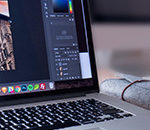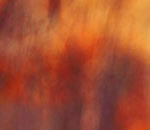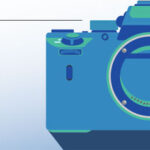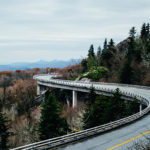
How to Use Lens Adapters
Before you get into the whole business of adapting lenses, you need to understand why it’s done. Proprietary camera systems force you to buy lenses that are designed for that system for perpetuity. There may be great optics available on a different system, but you cannot use them unless you migrate to that other system—or use an adapter. […]














